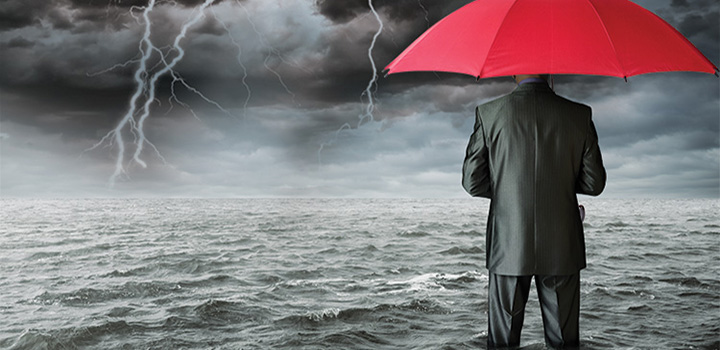Many Californians woke up this morning to a relatively rare phenomenon: Rain.
Today, the freezing-cold temperatures and high-powered winds that have gripped much of the state this week are set to give way to a good old-fashioned winter storm: Both Northern and Southern California are expecting rain, strong winds and heavy mountain snow, with an avalanche warning in effect through Friday for backcountry areas in the Sierra Nevada. After tapering down on Friday, another storm is set to barrel through Northern California over the weekend.
With California bracing for a fourth straight year of drought after experiencing its three driest years on record, any rain is welcome — but the state will need to experience sustained precipitation in December, January and February to really “make a difference in the drought,” Jan Null, a meteorologist with Golden Gate Weather Services, told the Mercury News.
Case in point: As of Wednesday, eight of California’s 12 major state-managed reservoirs were at less than 60% of historical capacity, according to CalMatters’ drought tracker. And about 18% of local urban water suppliers who shared data with the state reported this week they could face possible shortages next year, though only three predicted that increased conservation measures or actions to boost supply wouldn’t be enough to bridge the gap. (The report didn’t include small water suppliers, which the state noted “historically have faced more significant water supply challenges during drought conditions.”)
Peter Gleick, co-founder of the Pacific Institute, a global water think tank, told the Los Angeles Times: The takeaway is that “conservation really got us through the drought up until today and that it’s too soon to stop conserving.” But due to some of the report’s assumptions, “Things could be worse than just 20% (of urban suppliers) saying they need to do more and three of them saying, ‘We really are in trouble.’ But it just depends on how bad the drought is.”
What is clear is that so far this year, California has managed to avoid the rash of record-breaking wildfires that have ripped across the state in recent years. Gov. Gavin Newsom and Cal Fire, the state’s firefighting agency, declared an end to peak fire season in most parts of the state in mid-November, though Newsom noted “wildfire season in California is year-round and we remain vigilant.”
So what made this year different? How many wildfires have been sparked so far this year, how many acres have they burned and how does that compare to prior years? How many structures have been destroyed and lives lost? What’s the wildfire outlook in December? CalMatters’ Julie Cart answers those questions and more in this comprehensive look at California’s 2022 wildfire season by the numbers.
Meanwhile, a Wednesday report from Pew Charitable Trusts found that growing emergency spending has obscured the true cost of fighting wildfires in California and other states.

